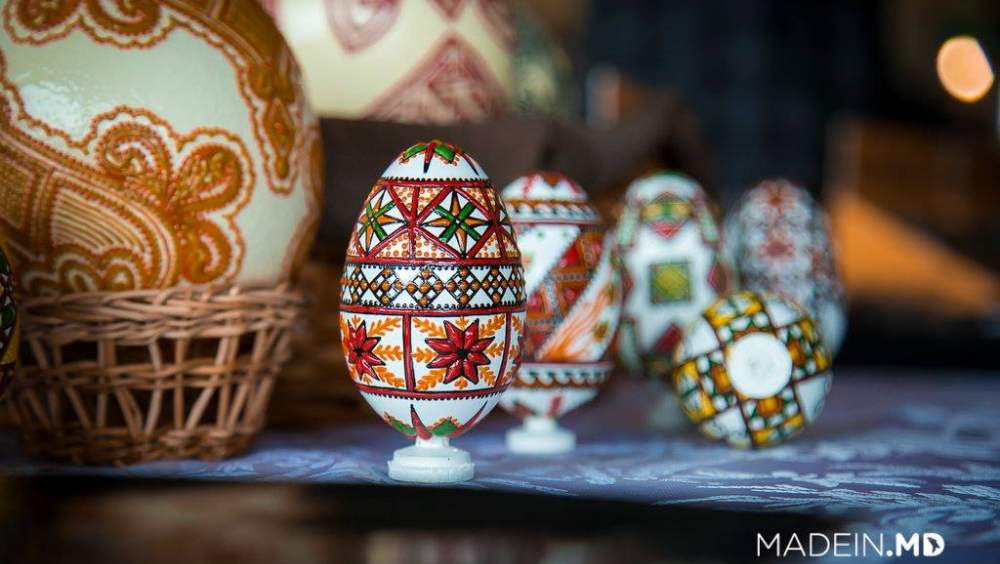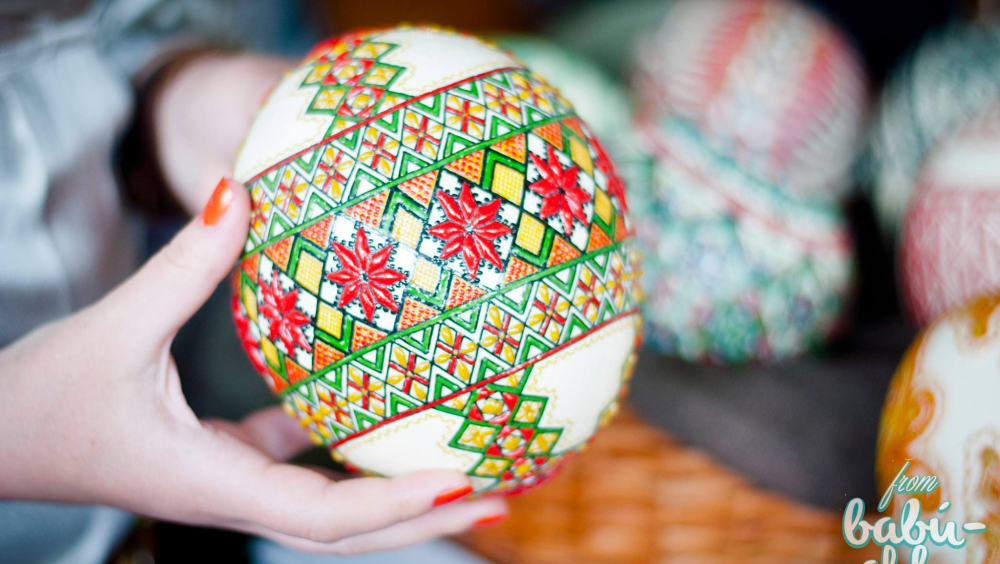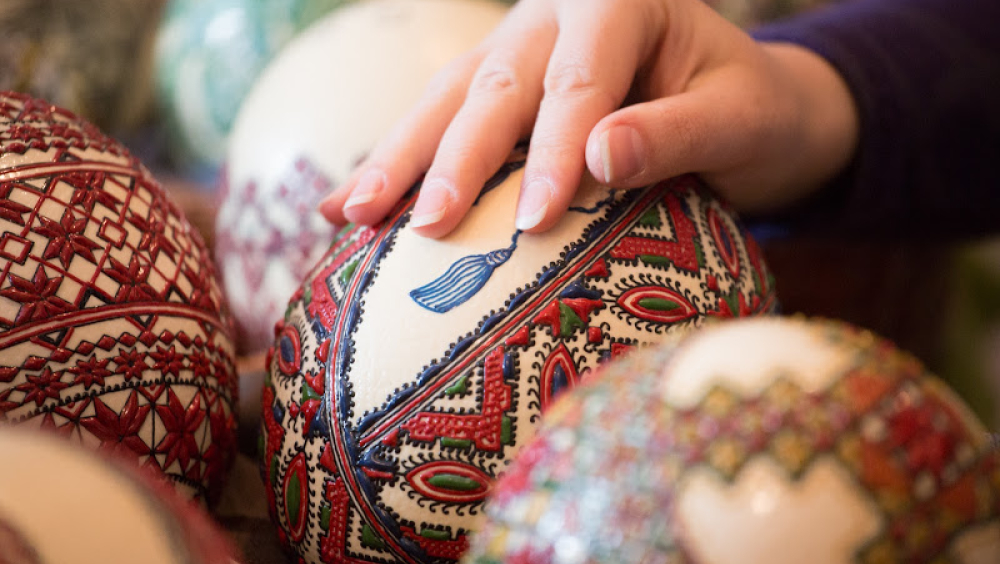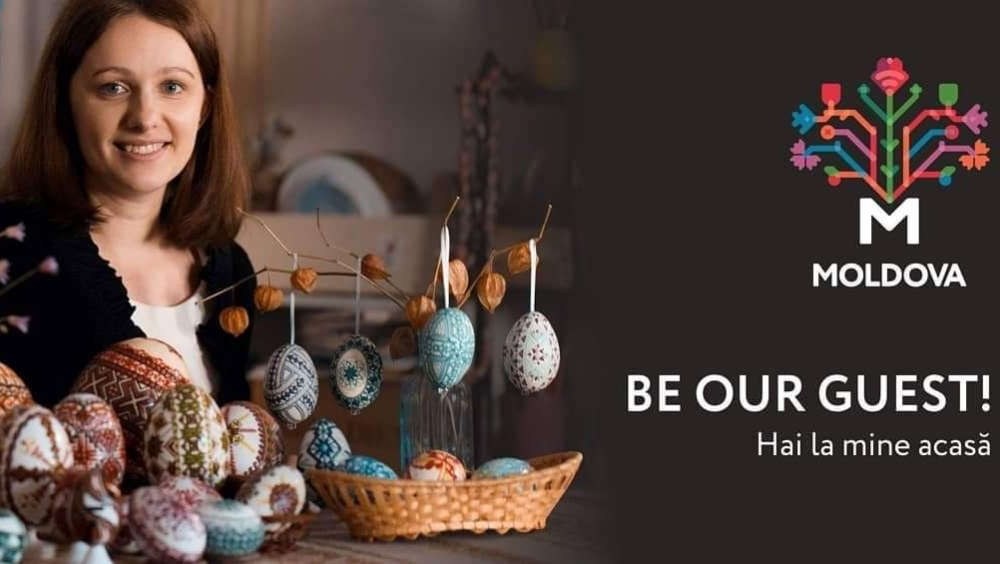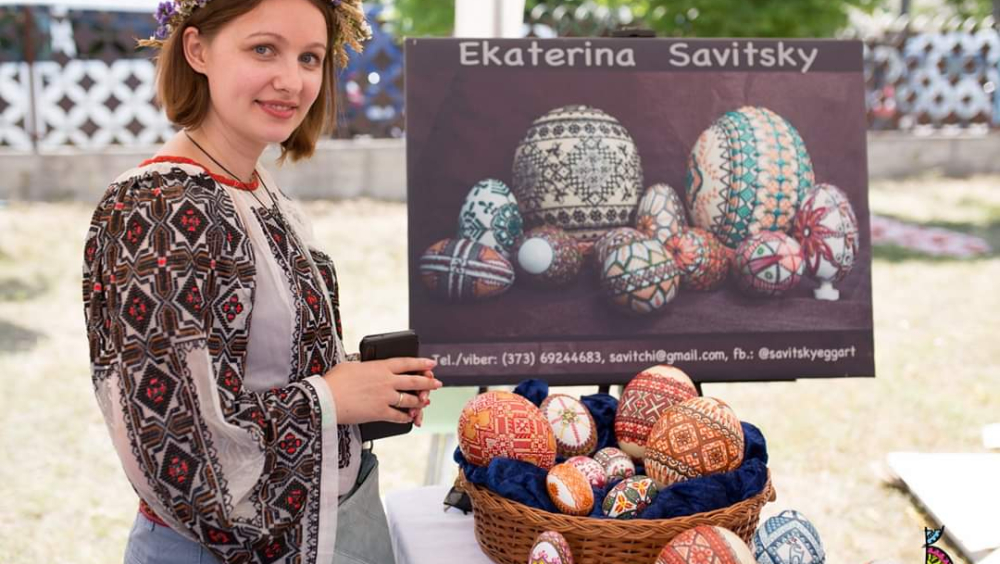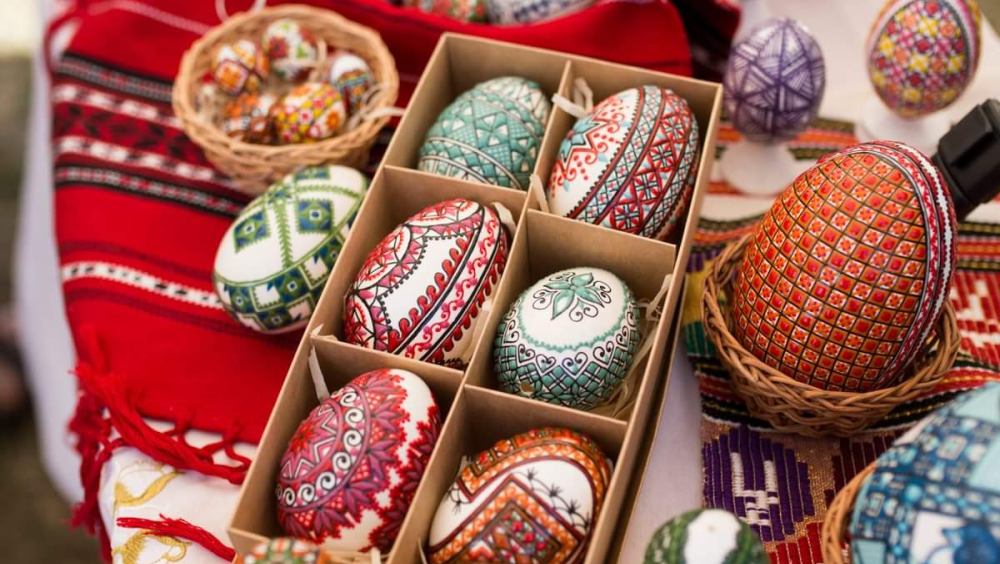The ancient tradition of egg painting with beeswax
In the heart of Moldova, the artisan with an experience of 20 years - Ecaterina Savitsky is on a mission to preserve and revitalize the ancient art of egg painting using the traditional techniques. Through her project, Hand Painted Eggs, she blends traditional motifs with modern artistic influences to create stunning works of art that resonate with people from all walks of life. Despite facing numerous challenges, Ecaterina remains unwavering in her dedication to preserving this cultural heritage and ensuring that the art of egg painting continues to flourish for generations to come. Through her work, she inspires others to reconnect with their cultural heritage and embrace the beauty of traditional crafts, thereby enriching the cultural landscape of Europe as a whole.
Nestled amidst rolling hills and picturesque landscapes, lies a small village where tradition and creativity intertwine in a unique way. This is where artisan, Ecaterina Savitsky, has dedicated herself to preserving and revitalizing the ancient art of egg painting using the traditional techniques.
Her journey into the world of egg painting began 20 years ago, as she watched in awe as her mentor skillfully decorated eggs using techniques passed down in family through generations. Intrigued by the beauty and symbolism behind each carefully crafted design, Ecaterina became determined to learn this ancient art form and carry it forward into the modern world and especially to her country where authentic traditions were banned for decades under the Soviet regime.
The techniques of egg painting involves applying layers of beeswax to the surface of an egg and then carefully dyeing it to create intricate patterns and designs. Each delicate line and curve, carries with it a profound connection to the cultural heritage and spiritual beliefs of the region. For Ecaterina, this ancient craft became not only a means of artistic expression but also a way to connect with her roots and preserve the traditions of her ancestors. As she honed her skills and explored the rich history of egg painting, she became increasingly passionate about preserving this traditional craft and sharing it with others.
With this realization came a sense of responsibility — to ensure that this ancient art form would not fade into obscurity, but rather flourish and thrive for generations to come. Thus, Ecaterina embarked on a mission to revive the egg painting techniques in Moldova and introduce it to a wider audience. Through workshops, exhibitions, and community events, she sought to reignite interest in this ancient craft and inspire a new generation of artisans to carry it forward.
Through her project, Hand Painted Eggs, Ecaterina sought to breathe new life into this age-old tradition, blending traditional motifs with modern artistic influences to create stunning works of art that resonate with people from all walks of life. Each hand-painted egg tells a story — of tradition, of creativity, and of the rich cultural tapestry that defines Moldova.
But Ecaterina's journey has not been without its challenges. In a rapidly changing world where traditional crafts are often overshadowed by modernization and commercialization, she faced numerous obstacles along the way. From financial constraints to bureaucratic red tape, the road to preserving this ancient art form has been fraught with difficulties.
Yet, despite these challenges, her passion for preserving the art of egg painting has never wavered. With unwavering determination and a deep sense of purpose, Ecaterina has persevered, driven by the belief that cultural heritage is a precious gift that must be cherished and protected.
Ecaterina's vision extended far beyond the borders of her homeland. Recognizing the broader significance of traditional crafts within the European cultural landscape, she sought to highlight the European dimension of egg painting and its importance as a shared cultural heritage. By participating in international exhibitions and collaborating with artists and cultural organizations across Europe, she underscored the universal appeal of traditional crafts and their ability to transcend national boundaries.
As she continues on this journey, Ecaterina is reminded of the words of an ancient proverb: "The past is our heritage, the present is our responsibility, and the future is our legacy." With each hand-painted egg, she is honored to contribute to the rich tapestry of Moldovan culture, ensuring that this ancient art form lives on for generations to come.
Ecaterina Savitsky's dedication to preserving the ancient art of egg painting in Moldova holds profound implications for European heritage and cultural unity. Through her Hand Painted Eggs project, she not only revitalizes a cherished tradition within her homeland but also contributes to a broader European dimension of cultural heritage.
In defining her understanding of European heritage, Ecaterina emphasizes the interconnectedness of cultural traditions across the continent. She sees traditional crafts like egg painting as part of a shared European history, one that transcends national borders and reflects the diversity of European cultures. By promoting the art of egg painting at international exhibitions and collaborating with artists from across Europe, Ecaterina underscores the pan-European nature of this heritage and its ability to foster cross-cultural exchange and understanding.
Moreover, Ecaterina's commitment to preserving traditional crafts aligns with the values espoused by the Council of Europe, particularly those of human rights, democracy, and the rule of law. Through her advocacy for cultural heritage, she promotes the fundamental principles that underpin European integration and solidarity.
The impact of Ecaterina's actions extends beyond Moldova to the broader European community. By elevating the art of egg painting to international recognition and fostering dialogue among artists from different European countries, she contributes to a deeper appreciation of European cultural diversity and shared history. Through her efforts, Ecaterina helps to strengthen the bonds of solidarity and cooperation that unite Europe, enriching the continent's cultural fabric and promoting the common values that define European identity.
